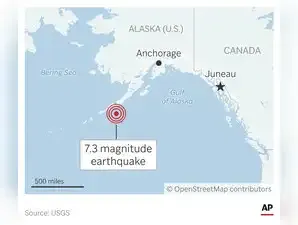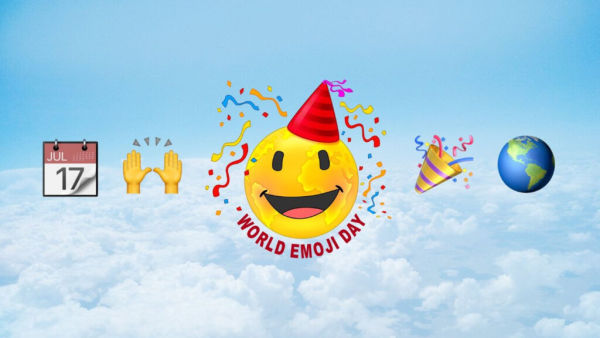A powerful 7.3 magnitude earthquake struck off the coast of Alaska on Wednesday afternoon, July 16, that triggered a tsunami warning for several parts of the Alaskan archipelago.
According to the US Geological Survey (USGS), the earthquake occurred at 12:37 p.m. AKDT, about 54 miles southeast of Sand Point, Alaska. It originated 12 miles beneath the ocean surface.
The National Tsunami Warning Center confirmed a tsunami following the Alaska earthquake and warned that impacts are expected along coastal areas.
The warning applies to regions stretching from Kennedy Entrance to Unimak Pass. Cities included in the warning area are Sand Point, Cold Bay, and Kodiak.
The first tsunami wave is expected to reach Sand Point around 1:30 p.m. AKDT. Cold Bay and Kodiak may see waves arriving at approximately 2:25 p.m. and 2:40 p.m., respectively.
The National Weather Service (NWS) in Anchorage clarified that Anchorage and the Mat-Su Valley are not in immediate danger.
Tsunamis can produce a series of dangerous waves, with the first not always being the largest. Residents in the affected coastal regions are urged to move to higher ground immediately and stay informed through local alerts.
Yes. After a major earthquake like the 7.3 magnitude one near Sand Point, Alaska, aftershocks are common. These smaller tremors can occur minutes, hours, or even days after the main quake. Residents should stay alert and follow guidance from local authorities and the US Geological Survey (USGS) for updates.
The tsunami warning covers coastal regions from Kennedy Entrance to Unimak Pass, including Sand Point, Cold Bay, and Kodiak. People in these areas should evacuate to higher ground immediately and stay away from beaches and harbors until the official all-clear is given by the National Tsunami Warning Center.
No. As of now, the National Weather Service has stated there is no tsunami threat to Anchorage or the Mat-Su Valley. These areas are outside the current warning zone, but residents should still stay informed in case the situation changes.
According to the US Geological Survey (USGS), the earthquake occurred at 12:37 p.m. AKDT, about 54 miles southeast of Sand Point, Alaska. It originated 12 miles beneath the ocean surface.
The National Tsunami Warning Center confirmed a tsunami following the Alaska earthquake and warned that impacts are expected along coastal areas.
The warning applies to regions stretching from Kennedy Entrance to Unimak Pass. Cities included in the warning area are Sand Point, Cold Bay, and Kodiak.
The first tsunami wave is expected to reach Sand Point around 1:30 p.m. AKDT. Cold Bay and Kodiak may see waves arriving at approximately 2:25 p.m. and 2:40 p.m., respectively.
The National Weather Service (NWS) in Anchorage clarified that Anchorage and the Mat-Su Valley are not in immediate danger.
Tsunamis can produce a series of dangerous waves, with the first not always being the largest. Residents in the affected coastal regions are urged to move to higher ground immediately and stay informed through local alerts.
FAQs
Will there be aftershocks following the Alaska earthquake?
Yes. After a major earthquake like the 7.3 magnitude one near Sand Point, Alaska, aftershocks are common. These smaller tremors can occur minutes, hours, or even days after the main quake. Residents should stay alert and follow guidance from local authorities and the US Geological Survey (USGS) for updates.
Which areas are under the tsunami warning, and what should residents do?
The tsunami warning covers coastal regions from Kennedy Entrance to Unimak Pass, including Sand Point, Cold Bay, and Kodiak. People in these areas should evacuate to higher ground immediately and stay away from beaches and harbors until the official all-clear is given by the National Tsunami Warning Center.
Is Anchorage at risk from the tsunami?
No. As of now, the National Weather Service has stated there is no tsunami threat to Anchorage or the Mat-Su Valley. These areas are outside the current warning zone, but residents should still stay informed in case the situation changes.








